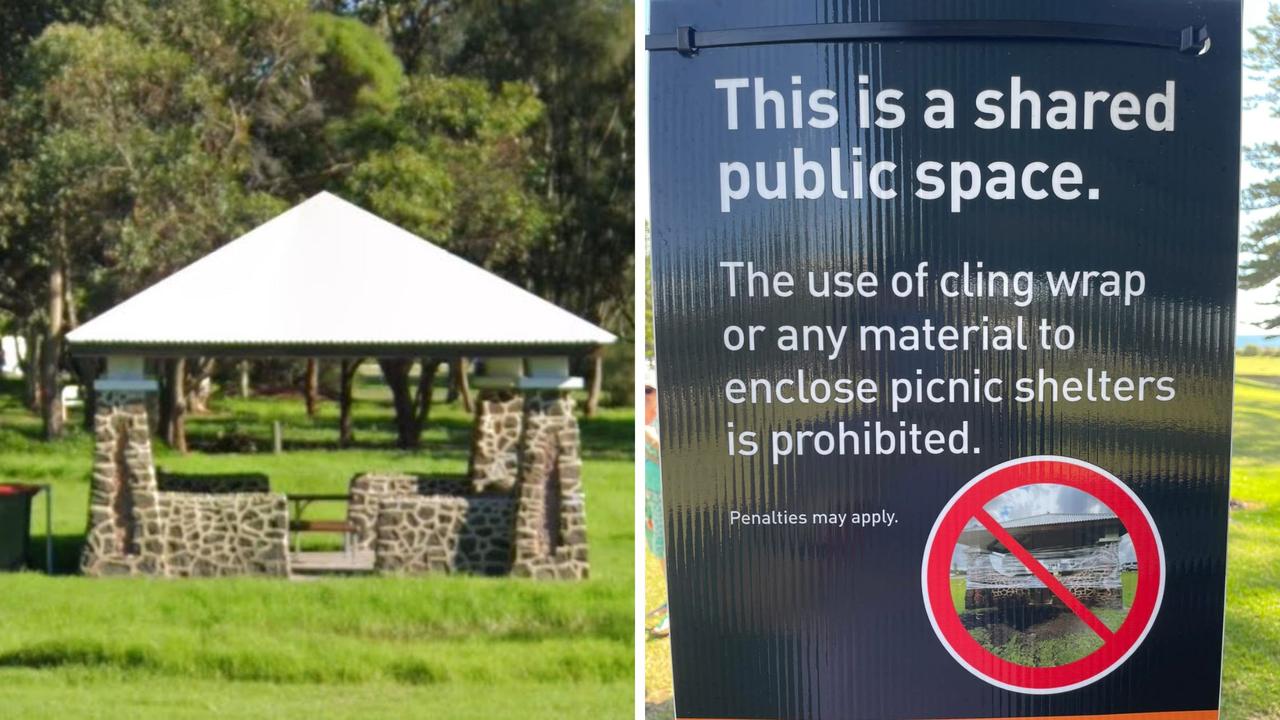How to buy: Greenery to shelter behind
WITH modern block sizes decreasing and house sizes increasing, it’s no surprise more of us are keen on shielding out our neighbours.

WITH modern block sizes decreasing and house sizes increasing, it's no surprise more of us are keen on shielding out our neighbours.
A trend to apartment living also has many of us looking for ways to block unsightly views or the prying eyes of other residents and passers-by.
But before you think about lining your balcony with the world’s tallest fence, consider using greenery to naturally screen your property.
Charlie Albone, gardening expert and regular on Selling Houses Australia, says bamboo is the number one choice for many Australians.
“Bamboo is a great screen and it makes a vertical accent that takes up little ground space,” he says. “Just make sure you go for a clumping bamboo and not a running one otherwise it will invade every spare inch of ground space you have.”
For easy control of woodier bamboos, Albone suggests using a strong screw such as a bugle head to attach the bamboo to fence posts.
“To stop the sagging between posts add a few screws into the top rail,” Albone says.
But, as it tends to be more expensive than other screening plants, bamboo certainly won’t be for everyone. If you prefer a hedge, Albone suggests plants such as lilly pilly, viburnum and murraya.
The first step in choosing a screening plant for your home, says Albone, is to decide what height you need the screen to be. Then choose plants that will not outgrow the space or take too long to reach the required height.
Don’t be tempted to buy large plants. Instead buy smaller specimens and let the plants establish themselves in the space.
“One of the downsides of bamboo is that it can take a little while to get established,” says Albone. “But once it is, then it will grow very quickly, so be prepared for lots of maintenance.”
Lilly pilly is one of Albone’s top picks as it can also be grown effectively in pots for people who live in apartments or town houses without gardens.
“If you do keep your lilly pilly in a pot, make sure you water it regularly as the soil tends to dry out more quickly than in the ground,” he says.
Lilly pilly
Syzygium Resilience, $14.99 for a 200mm pot, from Flower Power, flowerpower.com.au
A NATIVE hedge, lilly pillies are adaptable to most well-drained soils, but prefer a moist soil with plenty of organic matter and good mulching. They thrive in part shade to full sun with better foliage colour and bushier growth in more sun. Plant in pots for an effective balcony or courtyard screen. Sometimes the same plant will have several names, so be sure which variety you’re buying.
Murraya
Orange Jessamine, $24.98 for a 200mm pot, from Eden Gardens, edengardens.com.au
THIS hardy plant will grow in most places, although it is best suited to warmer climes. Those lacking a green thumb will be pleased to know it’s relatively maintenance-free. Left untouched, murrayas will grow to about 3m, but can also be trimmed into neat hedges. One of the delightful features of murraya is its creamy white flowers that smell just like orange blossom – they bloom in spring and again in late summer and autumn.
Viburnum
Sweet Viburnum, $2.20 for a 50mm pot, from Evergreen Growers, evergreengrowers.com.au
AN excellent screening shrub once it reaches maturity, the sweet virburnum is a very fast grower. For best results, fertilise with a slow-release fertiliser in early spring and prune to shape when required. Sweet viburnum generally grows to a height of 3-4m and 1-2m wide, forming a dense screen. Remember to make your required space calculations before you head to the nursery to select your plants.
Bamboo
Himalayan Weeping Bamboo, $155 for a 300mm pot, from Morrison’s Garden Centre, morrisonsgardencentre.com.au
THIS popular bamboo, also known as “blue bamboo”, grows to 3m and can be planted in the ground or in large pots. Keep soil moist, well-drained and mulched, and fertilise twice a year. It is a prolific grower, so will need cutting back occasionally. Also suitable for cooler climates, it is confusingly known by two names: Himalayacalamus hookerianus and Drepanostachyum falcatum.



